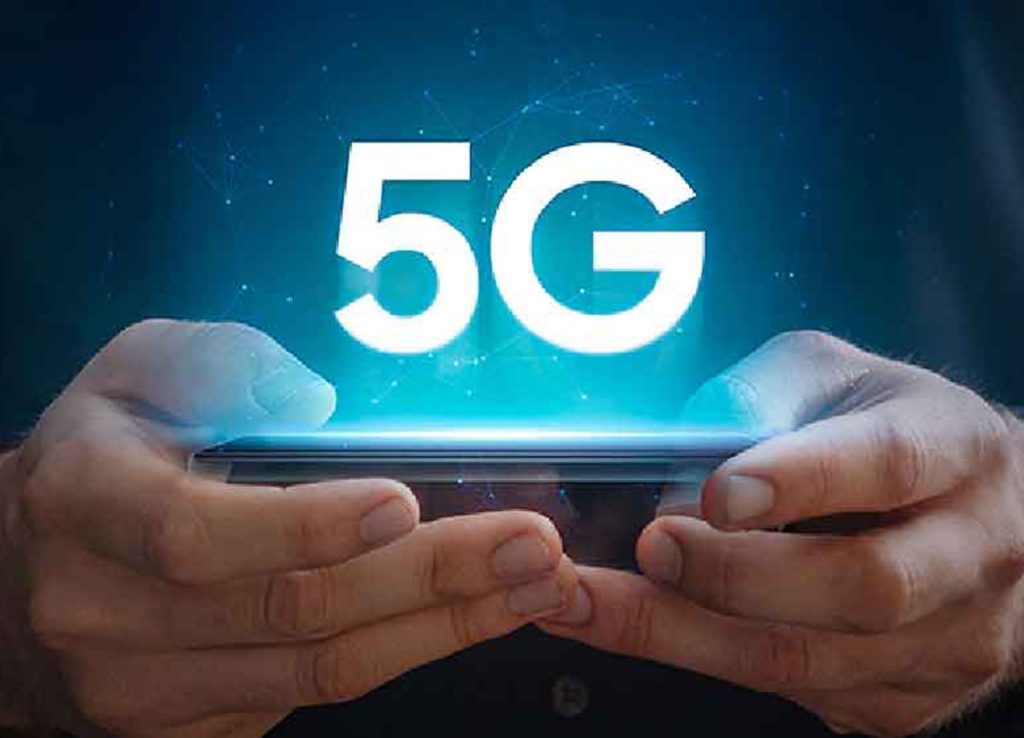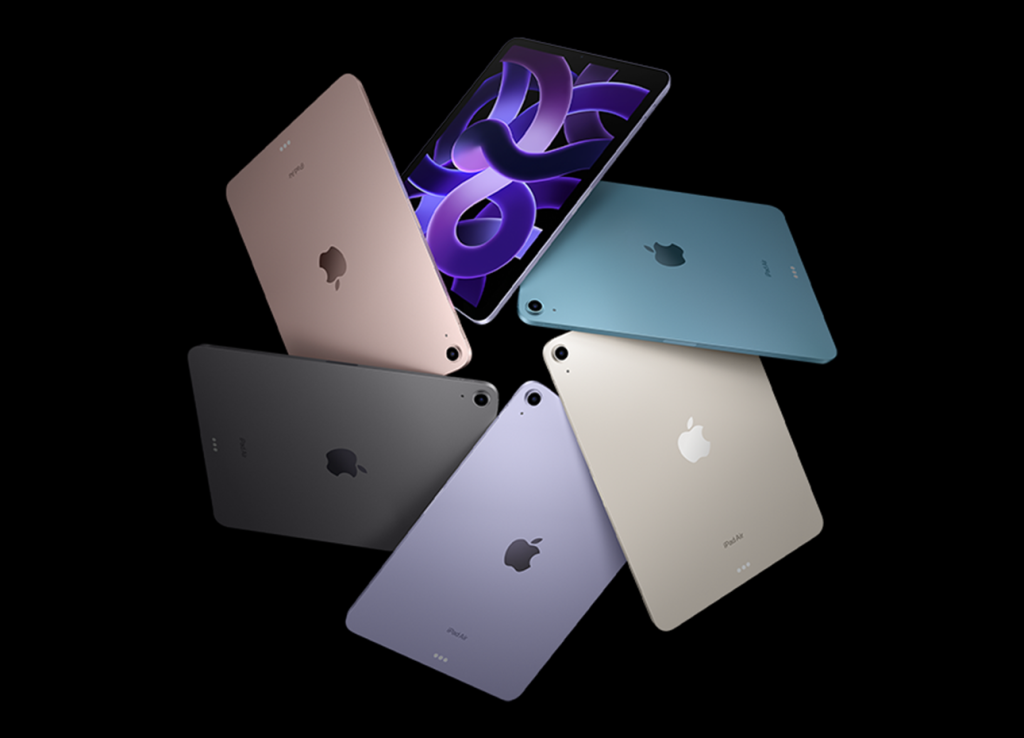
Telecom Industry Transformation: New Development Trends in the Era of 5G
The telecom industry has undergone a remarkable journey of evolution and innovation since its inception. Beginning with the invention of the telegraph in the early 19th century to the introduction of cellular networks in the late 20th century, this industry has consistently pushed boundaries, transforming global communication.
Historical Evolution:
The telecom industry’s historical evolution can be traced back to the days of wired telecommunication, marked by the invention of the telephone by Alexander Graham Bell in 1876. With the establishment of telephone exchanges and the laying down of telegraph wires, communication took a leap forward, connecting people across distances for the first time in history.
As technology advanced, so did the telecom industry. The introduction of radio waves for wireless communication laid the groundwork for mobile telephony. The development of 1G analog cellular networks in the 1980s initiated the era of mobile phones, albeit with limited functionalities and coverage.
Advent of 5G Technology:
Fast forward to the present day, the advent of 5G technology represents a revolutionary milestone in the telecom industry. 5G, the fifth generation of wireless technology, offers unparalleled speed, ultra-low latency, and massive connectivity, promising a transformative impact on various sectors.
5G’s impact is not just about faster download speeds on smartphones; it’s a catalyst for a technological revolution. It’s poised to enable a plethora of innovations, ranging from Internet of Things (IoT) applications to augmented reality experiences, autonomous vehicles, and beyond. The potential of 5G extends far beyond mere communication; it’s a gateway to a hyper-connected world where industries, businesses, and individuals can leverage its capabilities for unprecedented advancements.
Impact on the Sector:
The arrival of 5G is reshaping the telecom sector fundamentally. It’s not just an upgrade in network speed; it’s a transformational force that promises to revolutionize the way we communicate, work, and interact with technology. The deployment of 5G networks is sparking discussions on infrastructure development, investment opportunities, regulatory frameworks, and global competitiveness among nations and telecom companies.
The Emergence of 5G Technology
Explaining the fundamentals and capabilities of 5G networks:
5G technology represents a paradigm shift in wireless communication, offering remarkable improvements over its predecessors. At its core, 5G is designed to provide faster speeds, significantly reduced latency, and enhanced connectivity.
Speed: 5G boasts staggering download and upload speeds, potentially reaching up to 20 gigabits per second (Gbps), surpassing the capabilities of 4G networks by a considerable margin. This rapid speed opens doors for seamless streaming of high-definition content, instantaneous file downloads, and efficient real-time communication.
Latency: One of the most remarkable aspects of 5G is its ultra-low latency, measured in milliseconds (ms). Compared to the latency of around 20-30 ms in 4G networks, 5G aims to achieve latency as low as 1 ms. This near-instantaneous responsiveness is crucial for applications like remote surgery, autonomous vehicles, and gaming, where split-second responses are imperative.
Connectivity: 5G promises massive connectivity, allowing an unprecedented number of devices to connect simultaneously. This capability is pivotal for the Internet of Things (IoT) and industries relying on a multitude of interconnected devices, fostering the development of smart cities, smart homes, and more.
Comparison between 5G and previous generations (2G, 3G, 4G):
5G vs. 4G: While 4G networks significantly improved upon the speeds and capabilities of 3G, 5G takes this enhancement to a whole new level. It provides approximately 100 times faster speeds than 4G, thus transforming the possibilities for mobile connectivity and paving the way for innovations across industries.
5G vs. 3G/2G: The leap from 3G/2G to 5G is monumental. Beyond just faster speeds, 5G’s ultra-low latency and massive device connectivity set it apart as a revolutionary technology. It’s not merely an evolution; it’s a revolution in wireless communication, enabling transformative changes across sectors.
Key Drivers and Enablers of 5G Revolution
IoT (Internet of Things) and its integration with 5G:
The integration of IoT with 5G is poised to be a game-changer. 5G’s ability to handle a massive number of connected devices concurrently is crucial for IoT applications. From smart homes and cities to industrial automation and healthcare, 5G’s high-speed, low-latency, and massive connectivity capabilities are unlocking the true potential of IoT, enabling a network of interconnected devices to communicate and share data seamlessly.

AI (Artificial Intelligence) and Machine Learning in enhancing 5G capabilities:
AI and Machine Learning play a pivotal role in enhancing the capabilities of 5G networks. These technologies optimize network performance, predict and address potential issues, allocate resources efficiently, and enhance security measures. By leveraging AI, telecom companies can maximize the potential of 5G networks, ensuring better user experiences and efficient network management.
Edge Computing and its role in 5G networks:
Edge Computing complements 5G by bringing data processing and storage closer to the end-user, reducing latency and enhancing real-time processing capabilities. By decentralizing data processing and analytics, edge computing facilitates faster decision-making and enables applications that require immediate responses, such as autonomous vehicles, smart infrastructure, and immersive gaming experiences.
Transformative Impact of 5G on Industries
Healthcare: Remote surgery, telemedicine, and healthcare IoT:
5G’s high-speed, low-latency connectivity is revolutionizing healthcare delivery. Remote surgery, known as telesurgery, becomes feasible with 5G’s near-real-time data transmission, enabling surgeons to operate on patients located miles away. Telemedicine, supported by 5G, facilitates remote patient consultations, monitoring, and diagnosis, improving access to healthcare in remote areas. Healthcare IoT devices, interconnected via 5G, enable continuous health monitoring, enhancing preventive care and patient outcomes.
Manufacturing: Smart factories and Industry 4.0:
5G is driving the transformation of manufacturing into smart factories, ushering in Industry 4.0. With 5G’s high-speed, low-latency communication, factories can optimize production processes through real-time data analysis, predictive maintenance, and automation. It enables seamless connectivity between machines, facilitating efficient inventory management, supply chain optimization, and agile production processes, ultimately leading to increased productivity and cost savings.
Transportation: Autonomous vehicles and connected infrastructure:
The integration of 5G into transportation networks is paving the way for autonomous vehicles and connected infrastructure. 5G’s ultra-low latency and high reliability are crucial for enabling real-time communication between vehicles, traffic lights, and road sensors, ensuring safe and efficient transportation. Autonomous vehicles powered by 5G can make split-second decisions based on data received from the environment, reducing accidents and optimizing traffic flow.
Entertainment: Augmented and virtual reality experiences:
5G is revolutionizing entertainment by unlocking immersive experiences through augmented reality (AR) and virtual reality (VR). With 5G’s high bandwidth and low latency, AR and VR applications can deliver high-definition, real-time experiences. From interactive gaming to virtual tours, live events, and immersive storytelling, 5G enables seamless, immersive experiences that were previously hindered by network limitations.
Challenges and Opportunities in Implementing 5G
Infrastructure development and investment requirements:
Implementing 5G networks requires significant infrastructure development, including the installation of small cells, upgrading existing infrastructure, and establishing a dense network of towers. This necessitates substantial investments from telecom companies, governments, and stakeholders. However, it also presents opportunities for infrastructure development, job creation, and economic growth.
Security and privacy concerns in a hyper-connected world:
The hyper-connected nature of 5G networks raises concerns about cybersecurity and privacy. As more devices and systems become interconnected, the risk of cyber threats and data breaches increases. Addressing these concerns requires robust cybersecurity measures, encryption protocols, and stringent privacy regulations to safeguard sensitive information and ensure consumer trust in the technology.
Regulatory hurdles and spectrum allocation:
Regulatory frameworks and spectrum allocation pose challenges in deploying 5G networks. Spectrum allocation for 5G bands requires coordination among governments and regulatory bodies. Additionally, regulatory compliance, licensing, and spectrum auction processes can be complex and time-consuming. Overcoming these hurdles involves effective collaboration between industry stakeholders and regulatory authorities to streamline processes and allocate spectrum efficiently.
Market Competition and Industry Landscape
Analysis of key players in the telecom sector adopting 5G:
The race to adopt and deploy 5G networks has sparked intense competition among key players in the telecom sector worldwide. Companies such as Verizon, AT&T, T-Mobile in the United States, China Mobile, China Telecom, and China Unicom in China, Vodafone, and Deutsche Telekom in Europe, and others are investing heavily in 5G infrastructure and deployment.
These telecom giants are striving to gain a competitive edge by rolling out 5G services, enhancing network coverage, and offering innovative 5G-enabled devices and services. Their strategies encompass spectrum acquisitions, infrastructure investments, and strategic alliances to strengthen their positions in the rapidly evolving 5G landscape.
Collaboration and partnerships between telecom companies and other industries
Telecom companies are forging collaborations and partnerships with various industries to leverage the transformative potential of 5G. Partnerships with technology firms, equipment manufacturers, and industries like healthcare, automotive, entertainment, and manufacturing are becoming increasingly prevalent.
For instance, telecom companies collaborate with automobile manufacturers to develop connected car solutions, healthcare providers to enhance telemedicine services, and content creators for immersive entertainment experiences. These collaborations aim to explore synergies, drive innovation, and create new revenue streams by leveraging the capabilities of 5G technology in diverse applications beyond traditional telecommunication services.
Consumer Adoption and Experience with 5G
User expectations and experiences with 5G networks and devices:
Consumers have high expectations from 5G networks, anticipating lightning-fast speeds, seamless connectivity, and transformative experiences. The demand for 5G-enabled devices, including smartphones, tablets, and IoT gadgets, is on the rise as users seek to capitalize on the benefits offered by 5G technology.

Early adopters of 5G are experiencing enhanced connectivity, faster download and upload speeds, and improved network reliability in areas with 5G coverage. However, the full realization of 5G’s potential may vary based on network availability, device compatibility, and geographic location.
Impact on consumer behavior and lifestyle changes:
The advent of 5G is expected to bring about significant changes in consumer behavior and lifestyle. The increased speed and reliability of 5G networks will likely spur the adoption of bandwidth-intensive applications such as augmented reality, virtual reality, cloud gaming, and 4K video streaming.
Moreover, the proliferation of IoT devices and smart technologies enabled by 5G will transform how individuals interact with their surroundings. From smart homes with connected appliances to wearable health devices and autonomous transportation, 5G will facilitate a more interconnected and efficient way of life, leading to notable lifestyle changes.
Future Trends and Predictions
Forecasting the trajectory of 5G technology in the coming years:
The future of 5G holds immense promise, with projections indicating an exponential growth trajectory. Over the next few years, the expansion of 5G networks will continue globally, with more regions gaining access to high-speed, low-latency connectivity. By 2025, estimates suggest that a significant portion of the world’s population will have access to 5G networks.
The evolution of 5G technology is expected to unlock new use cases and applications across various industries. This includes advancements in smart cities, precision agriculture, remote education, augmented reality for business and entertainment, and the proliferation of connected devices contributing to the Internet of Things (IoT).
Emerging technologies that might complement or disrupt the 5G landscape:
Several emerging technologies are poised to complement and shape the 5G landscape in the coming years. Edge computing, which brings data processing closer to the source, will synergize with 5G networks, enabling faster response times and supporting latency-sensitive applications.
Additionally, technologies like Artificial Intelligence (AI) and Machine Learning will further optimize 5G networks, enabling predictive maintenance, efficient resource allocation, and enhanced network management. Quantum computing and its potential for exponentially faster computing power might also have implications for enhancing the capabilities of 5G networks.
Recapitulation of the transformative potential of 5G in the telecom industry:
5G’s transformative potential extends beyond faster internet speeds; it’s the cornerstone of a hyper-connected ecosystem, fostering advancements across industries, enabling smarter cities, redefining healthcare delivery, revolutionizing manufacturing processes, and revolutionizing entertainment and consumer experiences.
Looking ahead, the widespread adoption of 5G will continue to unlock a multitude of possibilities, paving the way for a more interconnected and technologically advanced future. The implications are far-reaching, offering opportunities for businesses to innovate and create new services and products that harness the power of 5G.
However, challenges such as infrastructure development, security concerns, and regulatory frameworks need to be addressed collaboratively to ensure a seamless and secure transition into the 5G era. As 5G continues to evolve, embracing its potential while addressing these challenges will be crucial in maximizing the benefits it offers to society, economy, and technology.

